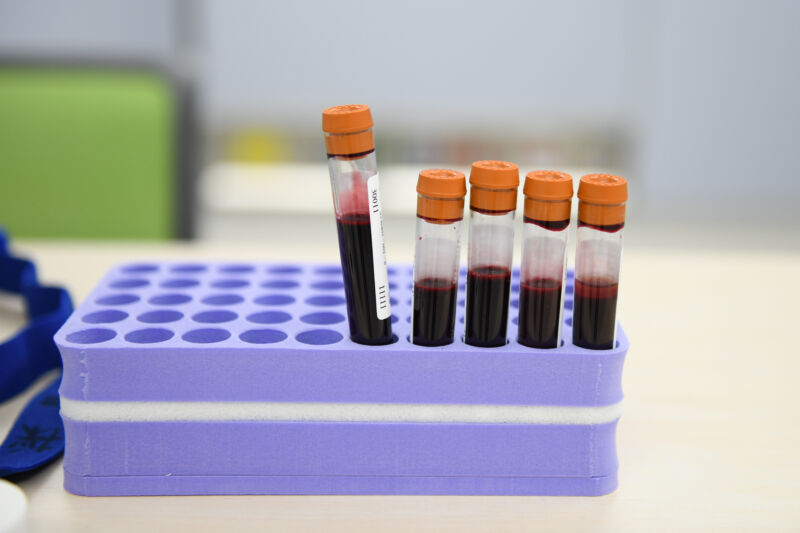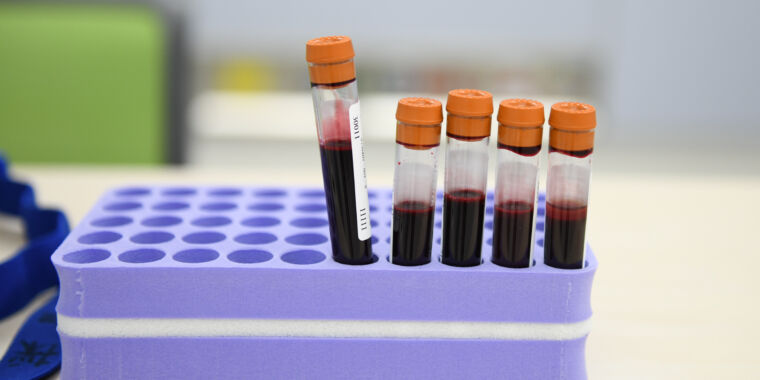
An estimated 140 million people in the US—around 43 percent—have had COVID-19, according to the latest analysis by the Centers for Disease Control and Prevention using data from the end of January.
The estimate of people infected with COVID-19 is nearly double the CDC’s cumulative tally of cases reported at the end of January, which totaled around 74 million. These numbers are expected to differ because many COVID-19 cases are not detected or reported—i.e., people may not get tested at all or take a home-test that is not reported. That means officials case counts are expected to be a significant undercount of actual infections. However, case reports can also include infections in people who have tested positive multiple times, effectively counting some people more than once.
The CDC has been estimating actual infections over time, which provides more insight into the recent tsunami of cases from the ultratransmissible omicron variant. Based on data from the end of November, the CDC estimates that about 37 million people became infected with the pandemic coronavirus in December and January. The number of cases reported to the CDC during that time frame was around 26 million.
The infection estimates stem from a nationwide seroprevalence surveillance program, which tested nearly 72,000 blood samples from late December to late January. The program uses blood samples sent to commercial labs for non-COVID-19 related testing, such as routine medical screens. The samples were surveyed for antibodies specifically from a SARS-CoV-2 infection—not vaccination.
Infection and protection
The CDC has a separate seroprevalence surveillance program using blood donations that looks at antibodies from both past infection and vaccination. The latest data from that surveillance system is from December. At that time, the CDC estimated that about 95 percent of people aged 16 and older in the US had antibodies against the pandemic coronavirus from prior infection and/or vaccination.
That protection didn’t stop the omicron variant from causing the largest surge of cases so far. Overall, the antibody tests in both surveillance systems do not indicate that people are protected from infection or reinfection. The tests merely detect the presence of antibodies; they don’t measure levels that could indicate the strength of protection. Moreover, it’s now abundantly clear that antibody protection—from past infection and vaccination—wanes over time, making it very difficult to estimate how much overall protection from infection there is in the population based on seroprevalence data.
That said, cell-based immune responses from past infections and vaccination wane less over time and provide more sustained protection from severe disease, hospitalization, and death. The 95 percent seroprevalence estimate from December is likely to explain, in part, the relatively lower rates of hospitalization and death seen during the surge of omicron cases.
Still, the seroprevalence data looking at antibodies just from prior infections reflects the success of vaccination as well as the higher death rate in older people. When the data is spread out by age, older groups with the highest levels of vaccination and higher risks of death have the lowest rates of past infection, and vice versa. For example, about 80 percent of people aged 50 to 64 are fully vaccinated, and the CDC estimates that only about 37 percent of people in this age group have had COVID-19. However, children (ages 0 to 17) have the lowest uptake of vaccines—particularly because those under age 5 still are ineligible—and they have the highest infection rate: 58 percent.








